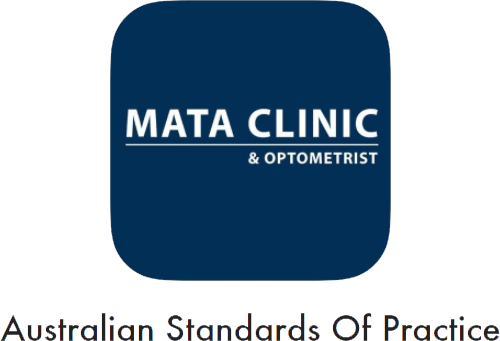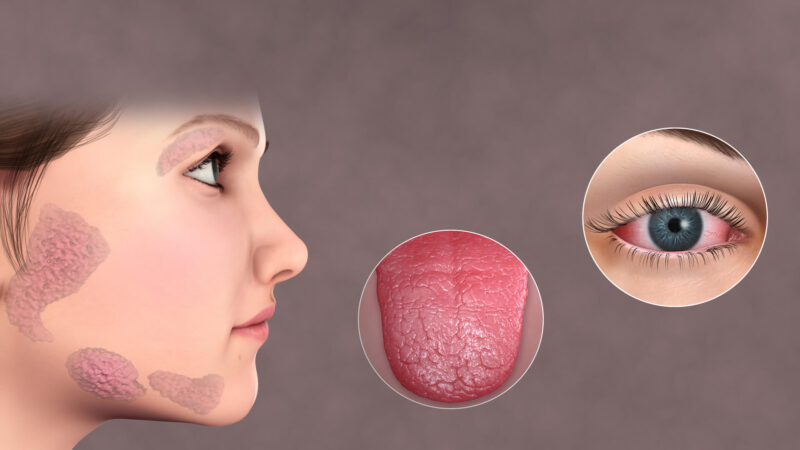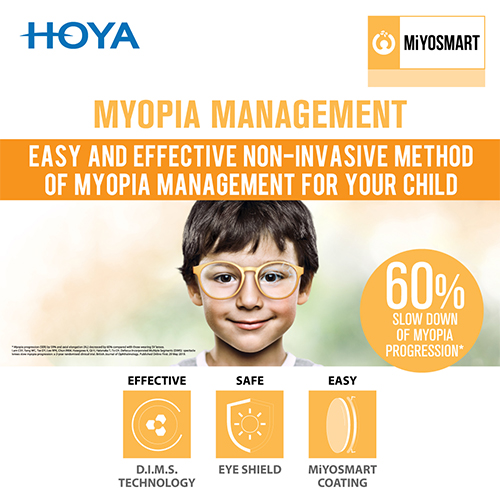Eye exams become more important with age
Your vision changes with time—this is why regular eye exams with an Eyecare professional are even more crucial for preserving healthy vision in your senior years.
Some eye disease are without symptoms
While presbyopia (the age-related loss of near vision) emerges in mid-life with easily identifiable symptoms—like struggling to read a menu, for example—other more serious eye disease, like glaucoma, can silently steal your vision without noticeable symptoms.
But an optometrist looks for subtle changes to your vision during regular eye exams and can see signs of glaucoma or other vision-threatening eye disease before it’s too late.
Some changes in vision are without obvious symptoms
Even those who see well and are without age-related eye disease may have vision changes that might not be obvious. As we age, it may gradually become harder to distinguish an object from its background when they are the same color or close to the same color (like a white coffee cup sitting on a white table). This is called loss of “contrast sensitivity.”
While a mild reduction is normal with age, loss of contrast sensitivity can be a symptom of more serious eye disease, like cataract or age-related macular degeneration (AMD). When not a symptom of disease, lower contrast sensitivity complicates daily activities and raises the risk of falls or car accidents.
An eye chart does not measure contrast sensitivity.
The eye chart measures visual acuity by testing how well you read letters (set in high contrast black against a white background) at a distance. While a good measure of visual sharpness, the eye chart does not test for contrast sensitivity—a key metric of visual function.
Eyes that struggle to adjust
For seniors, the ability to see well in different lighting may change. When going from a well-lit area to one with poor light (or the other way around), your eyes may take longer to adjust and focus, or they don’t adjust very well.
Driving at night
Problems adjusting to light and dark can make driving more difficult, especially at night or in the rain. Driving can be even more challenging when eye diseases affect your peripheral (side) vision or increase your sensitivity to glare.
For aging drivers, the National Highway Traffic Safety Administration recommends the following safety measures:
Take a driving course designed specifically for seniors
Drive during daylight hours
Reduce speed
Be extra-cautious at intersections
Other tips for safer driving:
Keep your windshield clean inside and out
Make sure your eyeglasses are not scratched or dirty.
Keep your eyeglass or contact lens prescription up to date with regular eye exams.
Over 65? See your ophthalmologist more often. You should have a complete eye exam with your ophthalmologist every year or two after age 65.
Keeping up with regular eye exams allows your ophthalmologist to catch problems early. The sooner a problem is detected, the more likely it can be treated.
During regular eye exams, your ophthalmologist checks for age-related eye diseases, including:
age-related macular degeneration
diabetic retinopathy
glaucoma
cataract
An interesting fact: ophthalmologists can identify other health problems such as diabetes or stroke through eye exams.





